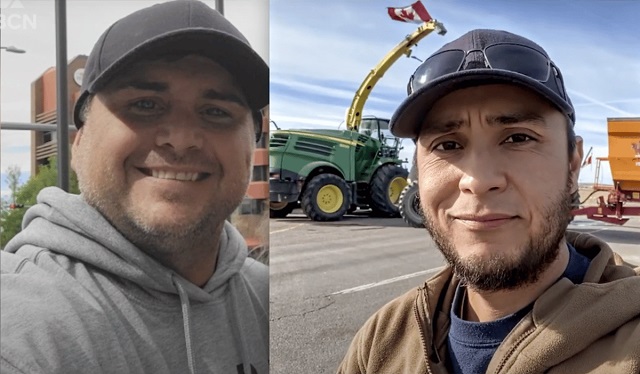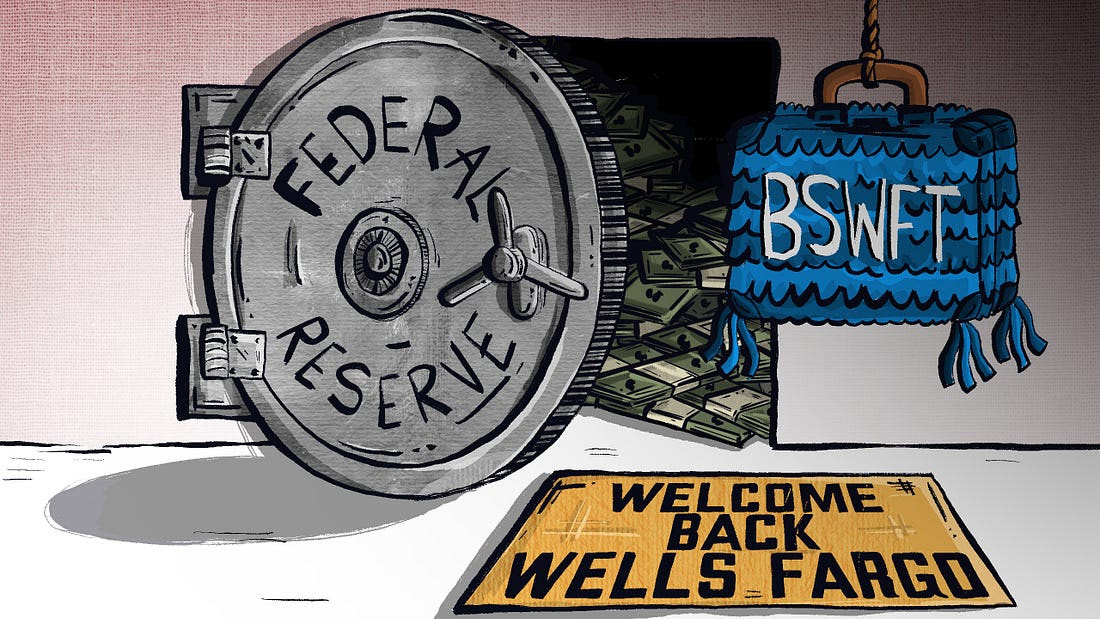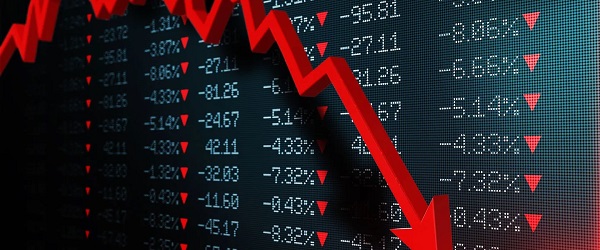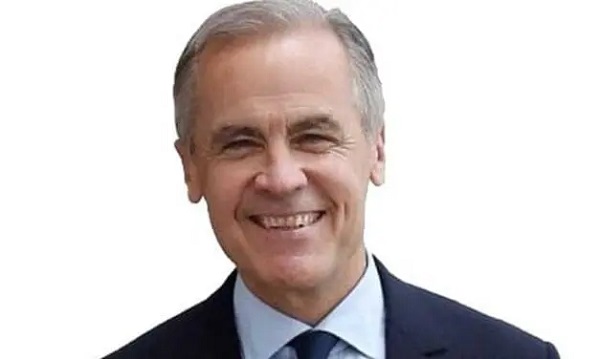Uncategorized
A Matter of Fact: The IEA’s updated net zero scenario is still unrealistic
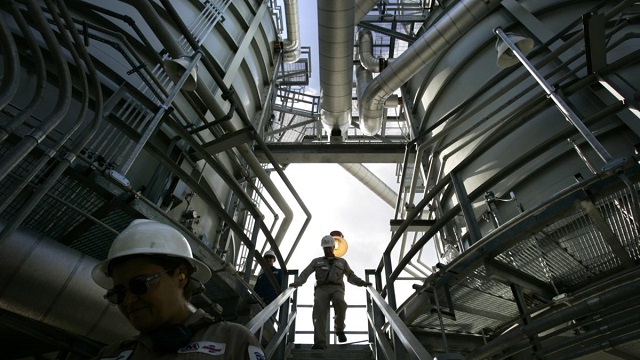
From the Canadian Energy Centre
By Deborah JaremkoCanada can lead the world with reliable, affordable energy supply and clean technology as countries work to reduce emissions
The International Energy Agency (IEA) has updated its net zero scenario, pushing for governments to implement more aggressive climate policies on the energy industry.
The IEA itself acknowledges the scenario is “a pathway, but not the only one” for the energy sector to reduce emissions to net zero by 2050.
The agency acknowledges the world is not on this trajectory, but the Government of Canada uses the net zero scenario as the basis for policies like its proposed oil and gas emissions cap, which will hurt Canadians without environmental gain.
“We’re the fourth-largest oil producing country, and we’re the only ones that are saying oil and gas is not here to stay. That’s a huge roadblock for all of us,” Gurpreet Lail, CEO of Enserva, the national trade organization representing energy service and supply companies, told the Globe and Mail during the World Petroleum Congress last week.
Canada can lead the world with reliable, affordable energy supply and clean technology as countries work to reduce emissions. But the sector needs to be allowed to thrive rather than being phased out while it is needed.
Here are the facts.
Fact: The IEA net zero scenario is not a forecast
The IEA’s updated net zero scenario envisions that the world does not need any new coal, oil and natural gas projects. By 2030, it imagines world oil demand will drop by 23 per cent, natural gas demand by 18 per cent, and coal demand by 44 per cent.
It’s difficult to see how this could actually come about, given that even with accelerating investment in low carbon energy resources the world’s consumption of oil, gas and coal is as high or higher than it has ever been. And rising.
The IEA reports both oil and coal demand are at record levels. The agency itself projects the world’s total energy consumption – which increased by 15 per cent over the last decade – will increase by a further 24 per cent by 2050.
On the world’s current trajectory, the IEA says oil, gas and coal will still account for 62 per cent of world energy supply in 2050, compared to 78 per cent in 2021.
“There’s no evidence that oil demand is going to peak any time soon,” Arjun Murti, former partner with Goldman Sachs, said at the recent Global Business Forum in Banff.
“Oil is not in its sunset phase.”
Fact: The IEA net zero scenario is unrealistic
The IEA’s net zero scenario includes components that are unrealistic.
For example, it says electricity transmission and distribution grids need to expand by around two million kilometres each year to 2030. But it also acknowledges that today, building these grids can take more than a decade, putting that scale and timeline already out of reach.
The net zero scenario also hinges on a “unified effort in which governments put tensions aside and find ways to work together.” But the IEA also acknowledges the world today is “a complex and low-trust geopolitical environment.”
Consider that Russia is trying to boost trade with Asia as economic ties with the West shrivel over Moscow’s actions in Ukraine, according to Reuters News. In just one example, state-owned Gazprom plans to start gas deliveries to China through the Power of Siberia pipeline in 2025 and expand that service in 2030 with Power of Siberia-2.
Russia’s invasion of Ukraine accentuated the world’s reversal away from the concept of globalization, where everyone benefits from the global economy, leading energy analyst and Pulitzer Prize-winning author Daniel Yergin said on a recent ARC Energy Ideas podcast.
“The era of globalization was what I call the WTO consensus: we’re all in this global economy together. In China, hundreds of millions of people come out of poverty. India enters the global economy, standards of living go up and you get really impressive economic performance,” Yergin said.
“Well, that era is ending and it’s heading pretty fast now as we move into this new era of great power competition, which hopefully does not become great power confrontation.”
Energy is at the heart of the “new map,” as Yergin calls it.
Responsibly produced, reliable energy from Canada can benefit world energy security while helping reduce emissions. That is why it is essential the sector is not phased out through government policy.
Fact: Canadian energy and clean technology can help reduce world emissions
One of the fastest and most effective ways to reduce emissions is to switch from coal-fired power to power generated from natural gas, traded globally as LNG.
Consider that between 2005 and 2019, emissions from the U.S power sector dropped by 32 per cent because of coal-to-gas switching, according to the U.S. Energy Information Administration.
Natural gas from the LNG Canada project alone could reduce emissions in Asia by up to 90 million tonnes annually, or the equivalent of shutting down up to 60 Asian coal plants, the project says.
That’s a reduction of more than the entire emissions of the province of British Columbia, which were 64 million tonnes in 2022.
Expanding Canada’s LNG exports to Asia could reduce emissions by 188 million tonnes per year, or the annual equivalent of taking all internal combustion engine vehicles off Canadian roads, according to a 2022 study by Wood Mackenzie.
One of the reasons LNG from Canada has a lower emissions intensity than LNG from other jurisdictions is the success producers have seen reducing methane emissions. It’s an opportunity for technology exports.
The IEA views cutting methane emissions from oil and gas as a critical component of achieving climate targets.
The latest data shows that oil and gas producers in Alberta decreased methane emissions by 44 per cent between 2014 and 2021, a 10 per cent drop from 2020. The sector is expected to surpass the target of reducing methane emissions by 45 per cent by 2025.
“I don’t know of any other jurisdiction that is as far forward in terms of its methane management as Canada,” says Allan Fogwill, chief operating officer of Petroleum Technology Alliance Canada.
“There’s nothing to suggest we couldn’t have similar impacts in the United States, the Middle East, or former Soviet countries that also are involved in oil and natural gas production.”
Fact: Canada’s carbon capture and storage leadership can benefit the world
The IEA says “rapid progress” is required to deploy more carbon capture, utilization and storage (CCUS) projects to reduce emissions.
This is another area where Canada’s energy sector can take the lead.
Since 2000, CCS projects in Saskatchewan and Alberta have removed more than 47 million tonnes of emissions, or the equivalent of taking more than 10 million cars off the road. This work has helped inform development of major CCS projects globally including Northern Lights in Norway.
Canada has five of the world’s 30 commercial CCS facilities, accounting for about 15 per cent of global CCS capacity even though Canada generates less than two per cent of global CO2 emissions, according to the Global CCS Knowledge Centre.
Among CCS projects under development in Canada is one of the largest in the world, proposed by the Pathways Alliance of oil sands producers.
The first phase of the Pathways CCS project will connect 14 oil sands facilities to a CO2 storage hub in northern Alberta. The target is to reduce emissions from operations by 22 megatonnes by 2030 on the way to net zero in 2050.
Fact: Oil and gas still needed in IEA net zero scenario
Even in the IEA’s net zero scenario, in 2050 about 14 per cent of world energy needs are still supplied by oil and gas.
This includes non-combustion uses like petrochemical feedstock and asphalt, which crude from Canada’s oil sands is particularly well suited to supply. Researchers with Queen’s University recently found that asphalt from Alberta’s oil sands can extend pavement lifespan by 30 to 50 per cent.
The world needs more Canadian oil and gas, not less.
Uncategorized
Kananaskis G7 meeting the right setting for U.S. and Canada to reassert energy ties
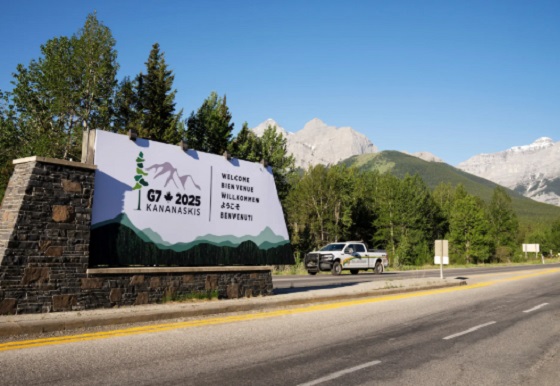

Energy security, resilience and affordability have long been protected by a continentally integrated energy sector.
The G7 summit in Kananaskis, Alberta, offers a key platform to reassert how North American energy cooperation has made the U.S. and Canada stronger, according to a joint statement from The Heritage Foundation, the foremost American conservative think tank, and MEI, a pan-Canadian research and educational policy organization.
“Energy cooperation between Canada, Mexico and the United States is vital for the Western World’s energy security,” says Diana Furchtgott-Roth, director of the Center for Energy, Climate and Environment and the Herbert and Joyce Morgan Fellow at the Heritage Foundation, and one of America’s most prominent energy experts. “Both President Trump and Prime Minister Carney share energy as a key priority for their respective administrations.
She added, “The G7 should embrace energy abundance by cooperating and committing to a rapid expansion of energy infrastructure. Members should commit to streamlined permitting, including a one-stop shop permitting and environmental review process, to unleash the capital investment necessary to make energy abundance a reality.”
North America’s energy industry is continentally integrated, benefitting from a blend of U.S. light crude oil and Mexican and Canadian heavy crude oil that keeps the continent’s refineries running smoothly.
Each day, Canada exports 2.8 million barrels of oil to the United States.
These get refined into gasoline, diesel and other higher value-added products that furnish the U.S. market with reliable and affordable energy, as well as exported to other countries, including some 780,000 barrels per day of finished products that get exported to Canada and 1.08 million barrels per day to Mexico.
A similar situation occurs with natural gas, where Canada ships 8.7 billion cubic feet of natural gas per day to the United States through a continental network of pipelines.
This gets consumed by U.S. households, as well as transformed into liquefied natural gas products, of which the United States exports 11.5 billion cubic feet per day, mostly from ports in Louisiana, Texas and Maryland.
“The abundance and complementarity of Canada and the United States’ energy resources have made both nations more prosperous and more secure in their supply,” says Daniel Dufort, president and CEO of the MEI. “Both countries stand to reduce dependence on Chinese and Russian energy by expanding their pipeline networks – the United States to the East and Canada to the West – to supply their European and Asian allies in an increasingly turbulent world.”
Under this scenario, Europe would buy more high-value light oil from the U.S., whose domestic needs would be back-stopped by lower-priced heavy oil imports from Canada, whereas Asia would consume more LNG from Canada, diminishing China and Russia’s economic and strategic leverage over it.
* * *
The MEI is an independent public policy think tank with offices in Montreal, Ottawa, and Calgary. Through its publications, media appearances, and advisory services to policymakers, the MEI stimulates public policy debate and reforms based on sound economics and entrepreneurship.
As the nation’s largest, most broadly supported conservative research and educational institution, The Heritage Foundation has been leading the American conservative movement since our founding in 1973. The Heritage Foundation reaches more than 10 million members, advocates, and concerned Americans every day with information on critical issues facing America.
Uncategorized
Poilievre on 2025 Election Interference – Carney sill hasn’t fired Liberal MP in Chinese election interference scandal

From Conservative Party Communications
“Yes. He must be disqualified. I find it incredible that Mark Carney would allow someone to run for his party that called for a Canadian citizen to be handed over to a foreign government on a bounty, a foreign government that would almost certainly execute that Canadian citizen.
“Think about that for a second. We have a Liberal MP saying that a Canadian citizen should be handed over to a foreign dictatorship to get a bounty so that that citizen could be murdered. And Mark Carney says he should stay on as a candidate. What does that say about whether Mark Carney would protect Canadians?
“Mark Carney is deeply conflicted. Just in November, he went to Beijing and secured a quarter-billion-dollar loan for his company from a state-owned Chinese bank. He’s deeply compromised, and he will never stand up for Canada against any foreign regime. It is another reason why Mr. Carney must show us all his assets, all the money he owes, all the money that his companies owe to foreign hostile regimes. And this story might not be entirely the story of the bounty, and a Liberal MP calling for a Canadian to be handed over for execution to a foreign government might not be something that the everyday Canadian can relate to because it’s so outrageous. But I ask you this, if Mark Carney would allow his Liberal MP to make a comment like this, when would he ever protect Canada or Canadians against foreign hostility?
“He has never put Canada first, and that’s why we cannot have a fourth Liberal term. After the Lost Liberal Decade, our country is a playground for foreign interference. Our economy is weaker than ever before. Our people more divided. We need a change to put Canada first with a new government that will stand up for the security and economy of our citizens and take back control of our destiny. Let’s bring it home.”
-

 International2 days ago
International2 days agoChicago suburb purchases childhood home of Pope Leo XIV
-

 Daily Caller2 days ago
Daily Caller2 days agoBlackouts Coming If America Continues With Biden-Era Green Frenzy, Trump Admin Warns
-

 Daily Caller2 days ago
Daily Caller2 days ago‘I Know How These People Operate’: Fmr CIA Officer Calls BS On FBI’s New Epstein Intel
-

 Daily Caller12 hours ago
Daily Caller12 hours agoUSAID Quietly Sent Thousands Of Viruses To Chinese Military-Linked Biolab
-

 Addictions12 hours ago
Addictions12 hours ago‘Over and over until they die’: Drug crisis pushes first responders to the brink
-

 Business1 day ago
Business1 day agoPrime minister can make good on campaign promise by reforming Canada Health Act
-

 Automotive9 hours ago
Automotive9 hours agoFederal government should swiftly axe foolish EV mandate
-

 Alberta9 hours ago
Alberta9 hours ago‘Far too serious for such uninformed, careless journalism’: Complaint filed against Globe and Mail article challenging Alberta’s gender surgery law
